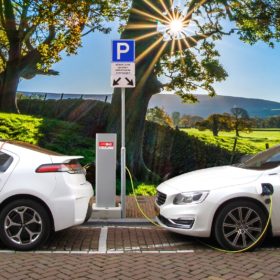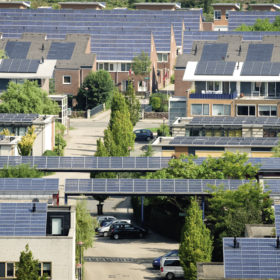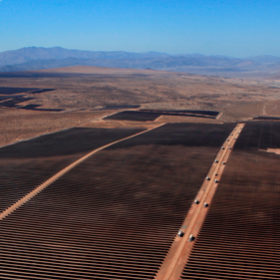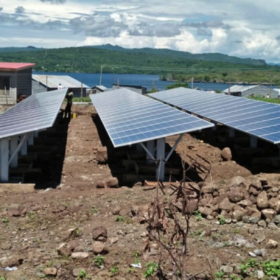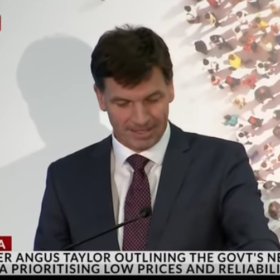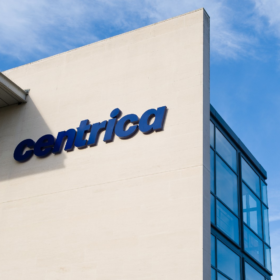‘There is no alternative to a world of 100% renewables’
Electrifying the global energy system with clean energy is the only way to reach the targets set by the Paris agreement on climate change and avoid the catastrophic scenarios outlined by the recent IPCC report. In an interview with pv magazine, Christian Breyer – Professor of Solar Economy at Finland’s Lappeenranta University of Technology – explains a 100% renewables model is not only technically feasible, but also the cheapest and safest option. With solar and storage at its core, the future energy system envisaged by Breyer and his team will not only stop coal, but also nuclear and fossil gas, while seeing solar reach a share of around 70% of power consumption by 2050. By that time, PV technology could cost a third of its current price.
EVs could become key to renewables uptake and world’s largest source of battery storage
For renewables to claim a more sizable share of the global energy mix, the adoption of energy storage would need to pick up pace and the rapidly increasing size of the EV fleet will offer a scalable way to ramp up such access, says Fitch Solutions.
Blockchain: Impediments to transformative disruption
The World Energy Council, in partnership with PwC, has interviewed 39 top level management energy leaders to find out if blockchain is driving an evolution or a revolution in the energy ecosystem.
India’s ‘world’s biggest’ solar auction delayed by a month
The bid submission deadline for the national 10 GW PV project plus manufacturing tender is now November 12. According to officials, there are amendments to be made to the tender requirements.
Innolith launches non-flammable battery with 50,000 charging cycles
Inorganic electrolytes will do the trick the company says. For multi-MW grid-scale applications the company says its technology can boost battery life to 50,000 cycles and is non-flammable. It adds that the costs of the product are competitive with conventional battery systems. Innolith is taking over the baton from Alevo, including chief executive and engineers. Alevo, however, went bankrupt last year, making the same promises.
Residential solar could save energy system €1.77 bn in Andalusia alone – study
Looking at a scenario, in which the Spanish residential solar market is booming again, energy consultancy, ecoSynergies finds that the energy system could save billions, both in terms of CO2, and fuel and grid costs. Additionally, introducing the EU’s suggestion to fairly compensate prosumers for their surplus energy, would allow households to slash payback times for their solar systems by more than a half. In some cases, the amortization period could go down from 25 to seven years.
Acciona presents ‘world’s first’ blockchain renewable energy certification platform
The technology is said to use blockchain’s properties of providing secure real-time and fully transparent data. The company says that ensuring renewable energy certificates is becoming increasingly important. This is the first step towards a more comprehensive platform that seeks to cover renewable energy assets from other energy companies as well.
GE and Renewvia installing new off-grid systems in Africa
The two companies have installed systems in Kenya and the Democratic Republic of Congo to provide a cheap, secure energy supply. BloombergNEF has predicted the market for off-grid solar will grow considerably as it can meet the needs for universal energy supply at a cost competitive price.
Australian energy policy vacuum beyond 2020 officially confirmed
Energy Minister Angus Taylor has announced there will be no replacement for the nation’s renewables target, casting a long shadow over investment predictability in the Australian renewable energy sector.
Centrica starts installation of Cornwall Local Energy Market
More than 100 free storage systems will given to residential and commercial users to maximize utilization rates of storage systems while reducing costs for grid operators. The algorithms behind the technology would improve the supply situation and shave peak demand.

